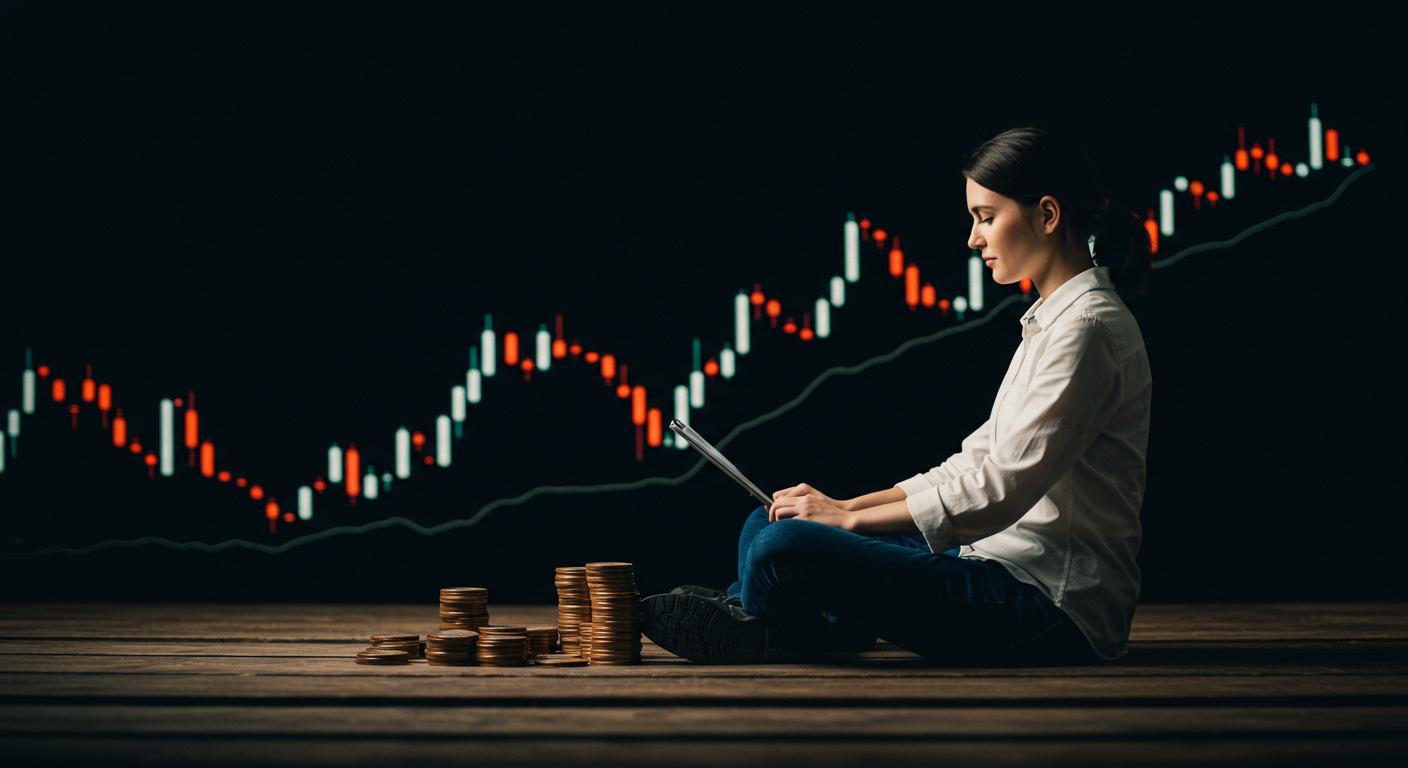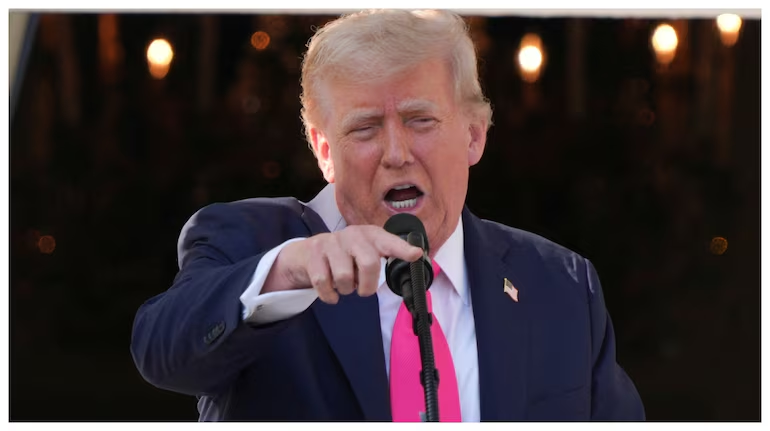Ever wondered why the price of that dream European vacation changes, or why imported goods sometimes feel more expensive? The answer often lies in the fascinating world of global currencies, specifically how strong or weak your home currency is against others. It might sound like complex financial jargon, but understanding these shifts is actually quite relatable and impacts our everyday lives more than we think. Recently, the US dollar has been on a bit of a winning streak against some major global currencies, and it’s a story worth diving into!
The Dollar’s Recent Ascent: What’s the Buzz?
You might have heard whispers in the news about the US dollar getting stronger. This isn’t just a random fluctuation; it’s a direct result of several significant events and expectations playing out on the global stage. When we talk about the dollar getting “stronger,” it means you can exchange one US dollar for more of another currency, like the Euro or the Japanese Yen. Imagine being able to buy more coffee in Paris for the same amount of dollars – that’s a stronger dollar at work!
So, what’s behind this recent surge? A major catalyst has been a newly announced trade pact between the United States and the European Union. Think of trade pacts as agreements that make it easier and more predictable for businesses to buy and sell goods and services across borders. When such an agreement is reached, it often signals stability and economic growth, which in turn makes a country’s currency more attractive to investors.
The Ripple Effect: How Trade Pacts Influence Currencies
When the US and EU shake hands on a trade deal, it creates what financial experts call “risk sentiment.” In simple terms, it means investors feel more confident and are more willing to take on investments that might be a bit riskier but offer better returns. A more stable global economy generally encourages this “risk-on” environment. And when investors feel good about the economy, they tend to pour money into assets associated with that strong economy – often including its currency.
For the dollar, this trade pact signaled good things for the US economy, making it a more appealing place for global investors to put their money. When a lot of people want to buy a currency, its value goes up, just like anything else in high demand. This is why the dollar saw a boost against currencies like the Euro and the Japanese Yen.
The Euro’s Slide: A Tale of Interest Rates and Economic Health
While the dollar was climbing, the Euro took a bit of a hit. Why? It largely comes down to expectations about interest rates and the overall health of the Eurozone economy. Central banks, like the European Central Bank (ECB), control interest rates. When a central bank is expected to cut interest rates, it generally makes that currency less attractive. Lower interest rates mean lower returns for investors who hold that currency, so they might look elsewhere for better opportunities.
Recent economic data coming out of the Eurozone has been a bit sluggish, suggesting that the economy might need a boost. A common way to stimulate an economy is by cutting interest rates, making it cheaper for businesses to borrow and invest. Because the market is anticipating that the ECB will cut rates sooner rather than later, the Euro has weakened against currencies where interest rates are expected to stay higher, like the dollar.
The Yen and Swiss Franc: Unique Situations
The Japanese Yen also saw a dip against the dollar. Japan’s central bank, the Bank of Japan (BoJ), has been famous for keeping its interest rates extremely low, even negative, for a very long time. This policy aims to encourage spending and investment, fighting against persistent deflation (falling prices). While other countries have raised their rates, Japan has largely stuck to its super-easy policy. This huge difference in interest rates makes the Yen less appealing for “carry trades,” where investors borrow in a low-interest currency (like the Yen) and invest in a high-interest currency (like the dollar) to profit from the difference. This constant flow of money out of the Yen contributes to its weakness.
Then there’s the Swiss Franc. Traditionally seen as a safe-haven currency (somewhere investors flock to during times of uncertainty), the Swiss National Bank (SNB) surprised everyone by actually cutting its interest rates. This unexpected move made the Franc less attractive almost overnight, causing it to fall against the dollar. It just goes to show that central bank decisions can have immediate and dramatic impacts on currency values.
The “Aussie” and “Kiwi” Dollars: Defying the Trend
Not all currencies followed the Euro and Yen downwards. The Australian dollar (Aussie) and the New Zealand dollar (Kiwi) actually gained against the US dollar. Why? This goes back to our “risk-on” sentiment. When global economic confidence improves, as signalled by the US-EU trade pact, investors feel more comfortable investing in currencies tied to commodity-rich economies like Australia and New Zealand. These countries often benefit from increased global trade and demand for raw materials.
Furthermore, the Reserve Bank of Australia (RBA) has recently expressed a more “hawkish” stance. “Hawkish” means they’re more inclined to raise interest rates, or at least keep them higher for longer, to control inflation. This expectation of higher interest rates makes the Aussie dollar more appealing to investors seeking better returns, giving it an edge even as other currencies struggle.
Looking Ahead: What Else Moves Currencies?
While trade pacts and central bank policies are huge drivers, other factors are constantly at play. For instance, upcoming inflation data, particularly the US Personal Consumption Expenditures (PCE) price index, is eagerly awaited. This is the Federal Reserve’s preferred measure of inflation, and strong inflation data could lead the Fed to keep interest rates higher for longer, further boosting the dollar.
Geopolitical risks, such as conflicts in the Middle East, also cast a long shadow. In times of uncertainty, investors often flee to the perceived safety of the US dollar, seeing it as a reliable store of value. So, while economic data and central bank actions are key, global events can always throw a curveball.
Why Does All This Matter to You?
You might be thinking, “This is all very interesting, but how does it affect me?” Well, currency movements have a direct impact on your wallet and your daily life:
-
Travel: If the US dollar is strong, your money goes further when you travel abroad to countries with weaker currencies. That dream vacation to Europe might just become more affordable!
-
Imports & Exports: A strong dollar makes imported goods (like your favorite foreign car or electronics) cheaper for Americans to buy. Conversely, it makes American exports more expensive for buyers in other countries, which can affect US businesses.
-
Investments: If you invest in international stocks or bonds, currency fluctuations can significantly impact your returns. A strong dollar can erode the gains from foreign investments when you convert them back to dollars.
-
Everyday Prices: Even if you don’t travel or invest internationally, the cost of goods and services around you can be indirectly affected by currency values, especially for items that rely heavily on imported components or raw materials.
Keeping an Eye on the Global Pulse
Understanding the simple mechanics behind currency movements helps demystify the complex world of finance. It’s not just about abstract numbers; it’s about how global economies interact, how central banks try to steer their countries, and ultimately, how these forces trickle down to impact our daily spending and saving. So, the next time you hear about the dollar rising or falling, you’ll have a much better idea of why it’s happening and what it might mean for you!









